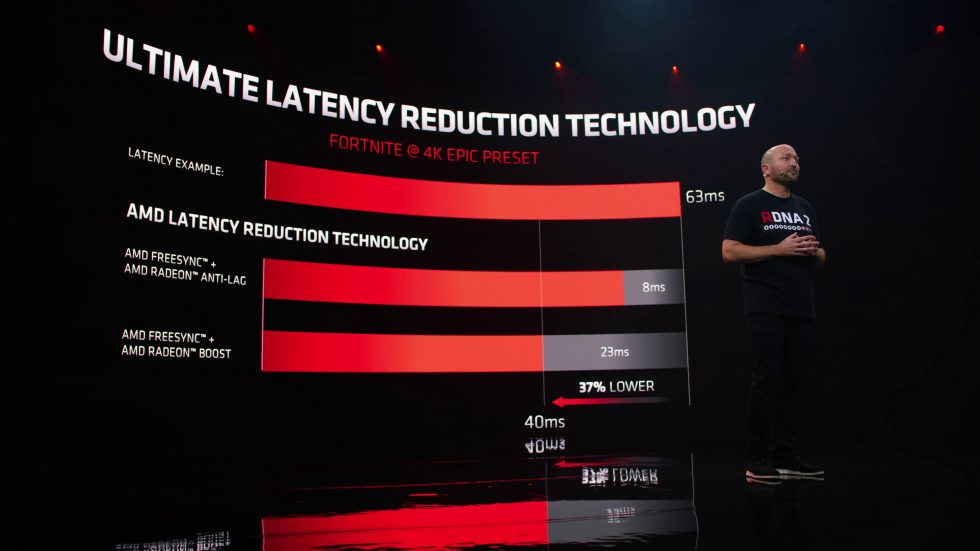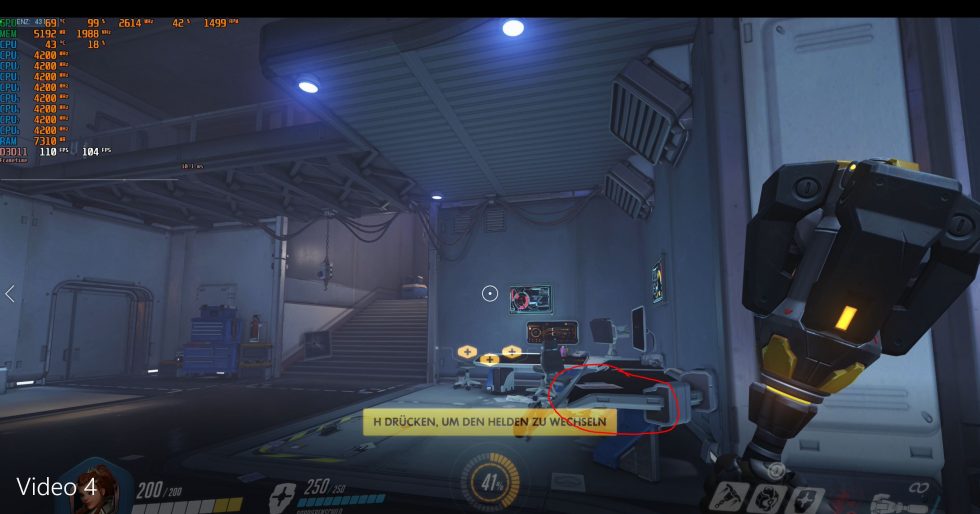Summary
Both graphics cards are on about the same level in terms of performance. The MSI RX 6700 XT can unleash a few more FPS on the monitor than the MSI RTX 3060 Ti with the medium graphics settings. As soon as you reach the GPU limit, however, the tide turns and the MSI RTX 3060 Ti is slightly ahead. Doesn’t really make a difference in terms of FPS or system latency though. AMD Anti-Lag can reduce the latency by a few milliseconds in the GPU limit, but that doesn’t really make a difference.
Thus, the two cards act on par, even if NULL did not work. On the other hand, if the NVIDIA user activates Reflex & Boost, then the wheat is separated from the chaff. This is where NVIDIA pulls up and away in terms of latency! At least until Radeon Boost makes its appearance. Then the two cards come very close together again. But only at first glance! The details reveal the difference here. The scattering of Radeon Boost is and remains an unloved side effect for latency!
Conclusion
NVIDIA Reflex & Boost goes the way of the game (intervention from within) and acts like a frame limiter, managing to significantly reduce latency in the GPU limit. The player does not have to accept any graphical losses. Nor does it negatively affect the average FPS rate, but it does positively affect the 1% low! The spread of latency also remains very low dynamically, which should be a basic requirement for any player. Looking into the red camp now, I see a flipped effect here.
Without Radeon Boost, the 1% low is much better than that of the NVIDIA RTX 3060 Ti, which also makes the spread even smaller. With Radeon Boost enabled, AMD takes a different approach than NVIDIA to reduce latency. But the disadvantages become measurable and visible very quickly here! Significantly worse 1% low, latency scatter increases extremely and graphic details decrease, but the latter is still justifiable. At least in Overwatch!
(Quelle: https://twitter.com/amdgaming/status/1321543316815683585)
The way AMD chose with Radeon Boost to reduce the latency (that’s how AMD advertises it) consequently follows the motto a lot of FPS helps a lot. Unfortunately I have to state for me personally that consistency with AMD means in doubt – to go also wooden ways to the end! Yes, more FPS decreases latency, thus AMD is not fundamentally falsely advertising Radeon Boost. The details make all the difference here. Above all, Radeon Boost has one essential drawback: it only works dynamically! Finally, one last video so you can see how Radeon Boost looks/works in action.
Depending on the scene, the FPS with Radeon Boost jumps from just over 100 to up to 250 FPS here. Impressive, isn’t it? If you pause the video and watch it slowly (frame by frame) (e.g. from 1:13 to 1:14), you will see that the graphics dynamically scale from 200% render scaling (2160p) to 1080p. See red marked area!
This has been done very well in the game Overwatch on the part of AMD and the game developers. I think that will be manageable. But I haven’t tested it in a real online game yet, only on the test map! But first impression is promising. For those who can live with the small graphic detail losses, this is certainly a very good option to boost the FPS! At least when it becomes dynamic. This inevitably reduces the latency as well.
Now what is my bottom line personal opinion? In the game Overwatch, AMD can keep up with NVIDIA in some ways. Since the details make the difference here, NVIDIA is still ahead in terms of the overall view, especially when it comes to system latency!
At this point I’ll turn it over to you guys and look forward to some lively discussion on the forum.
The graphics cards were provided to me by Igor for testing purposes, without any influence from Igor or the manufacturers.

































Kommentieren